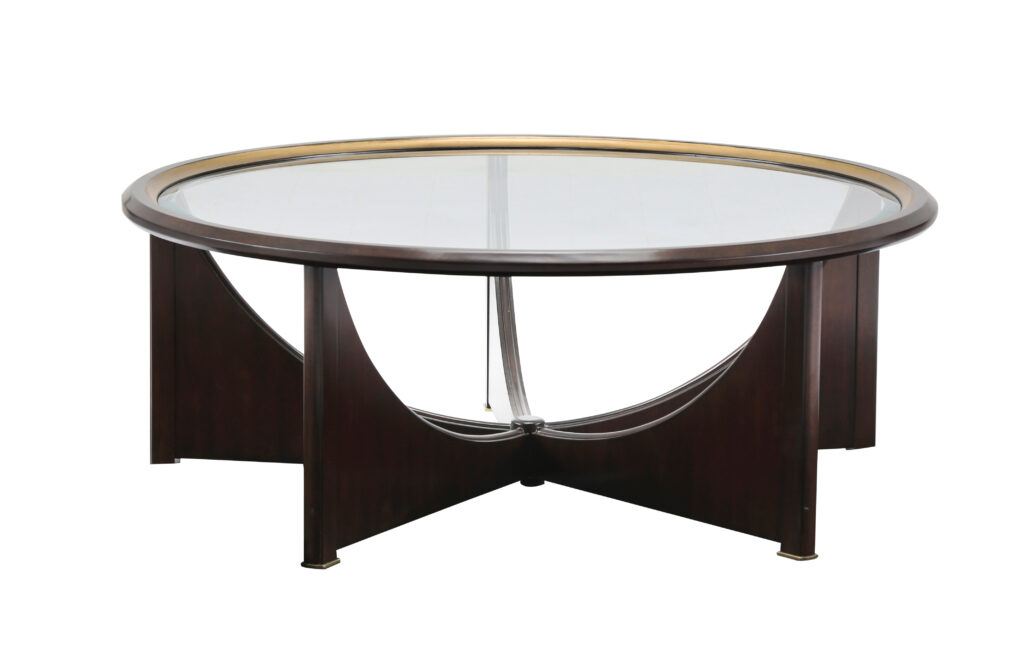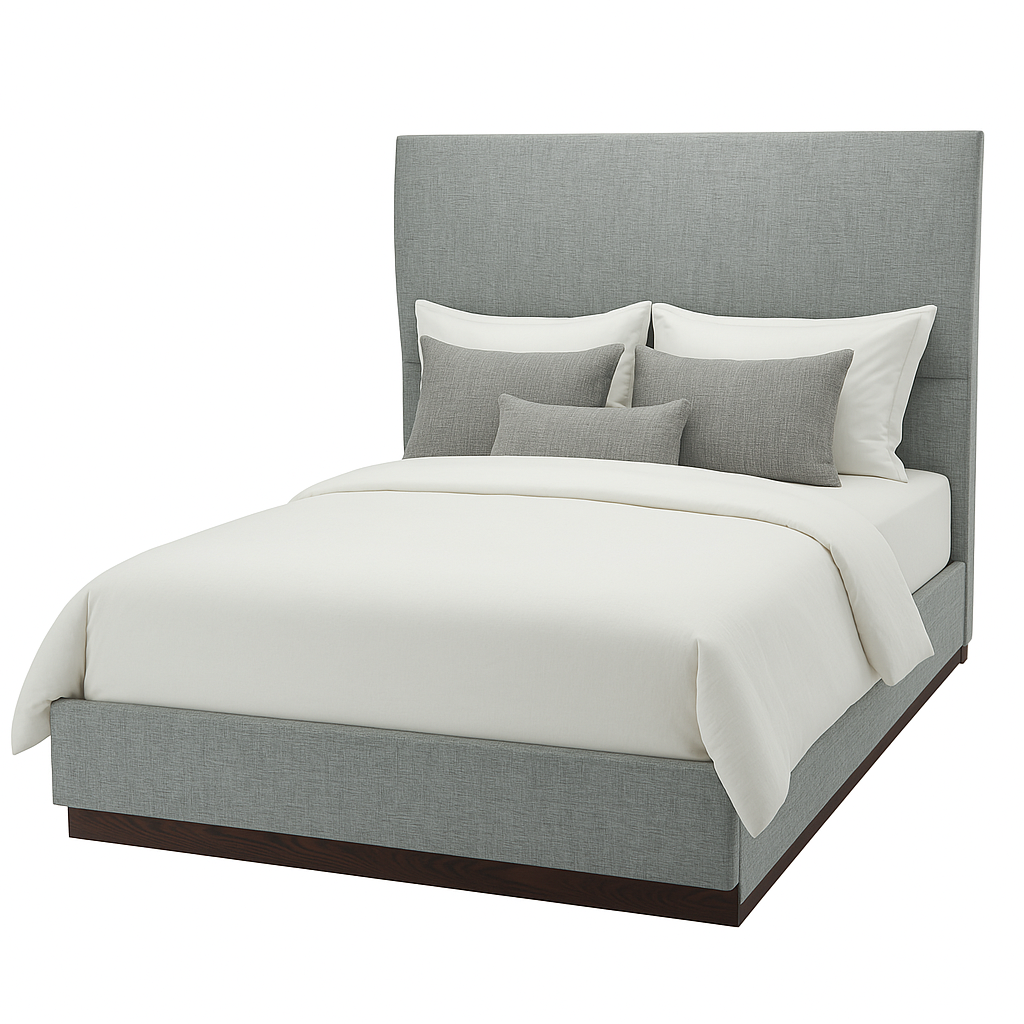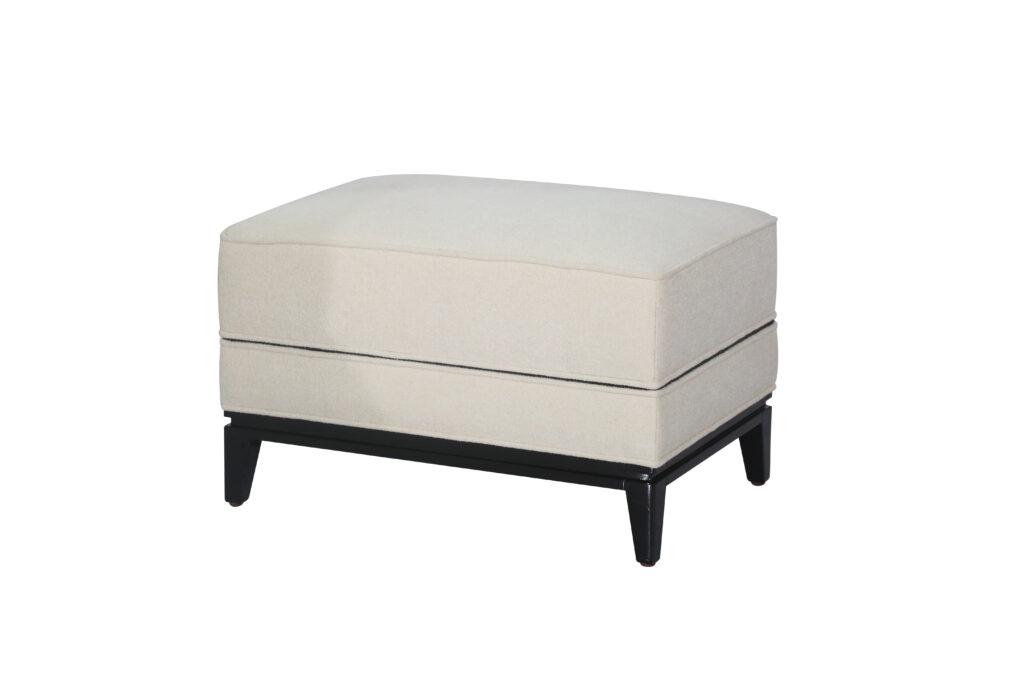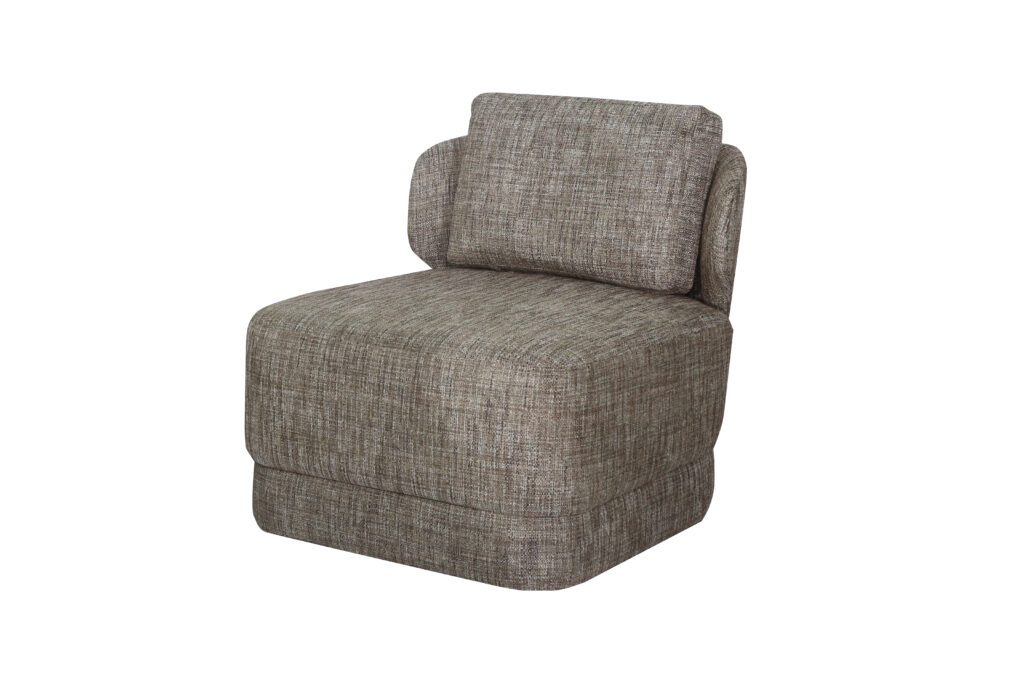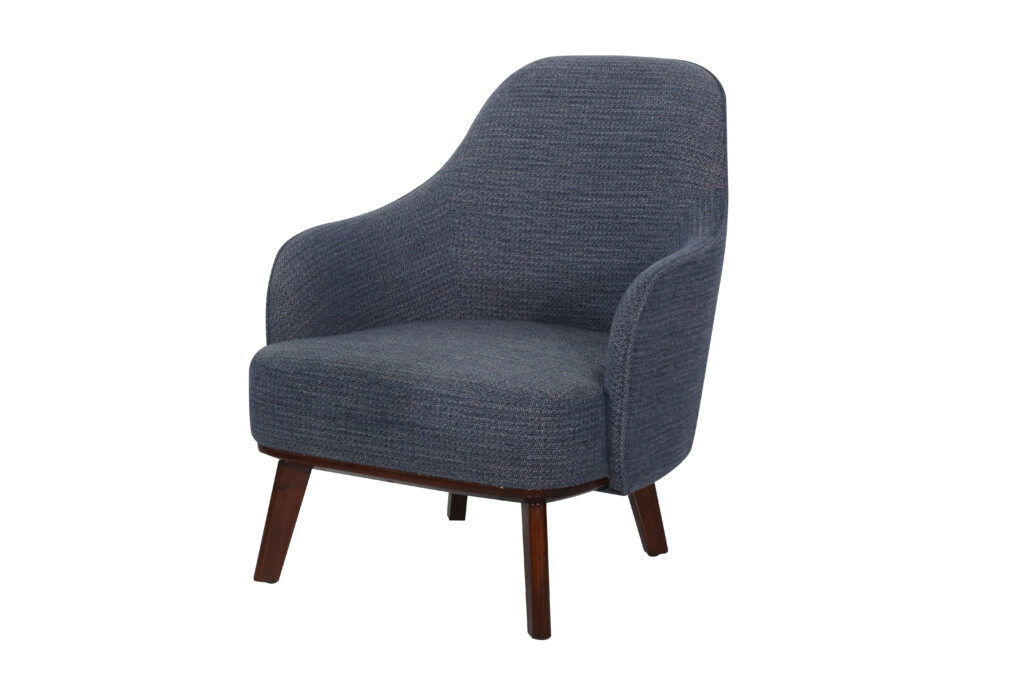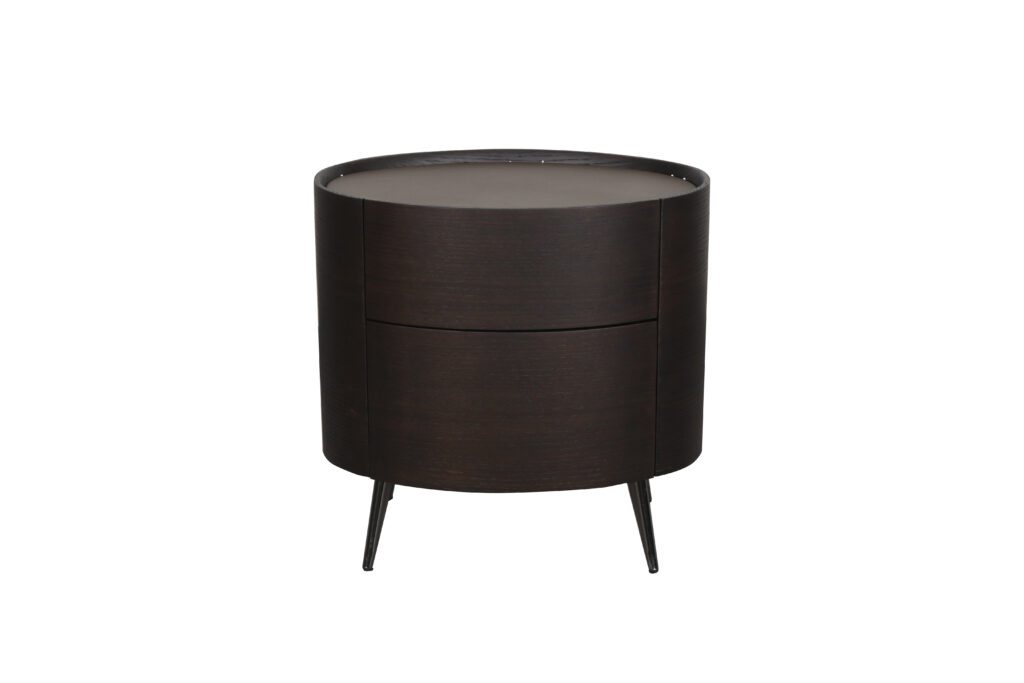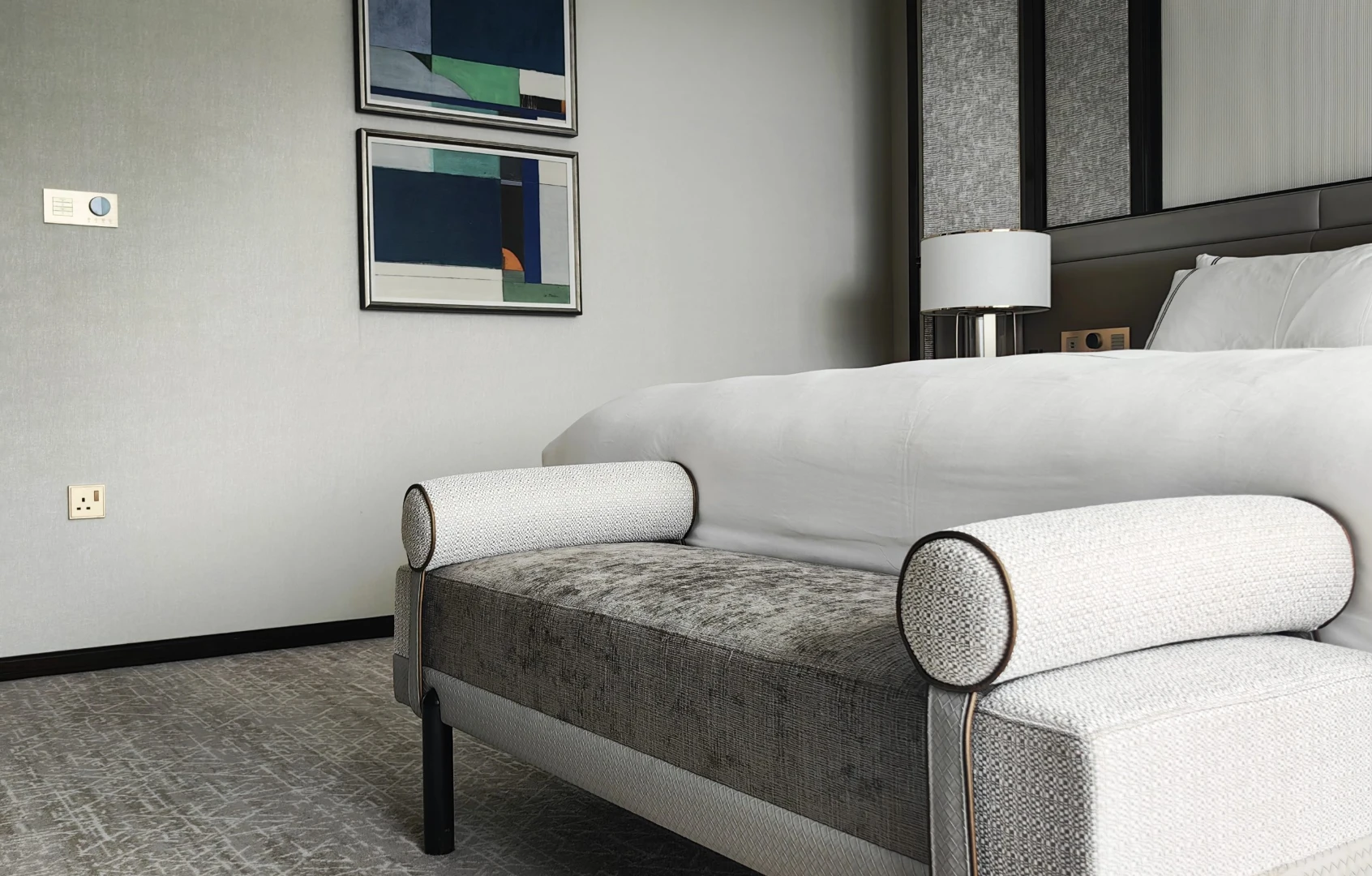
Location
Constantia, Cape Town, Sud Africa
Year
2025/02/10
Business Unit
Malan Vorster Architecture Interior Design
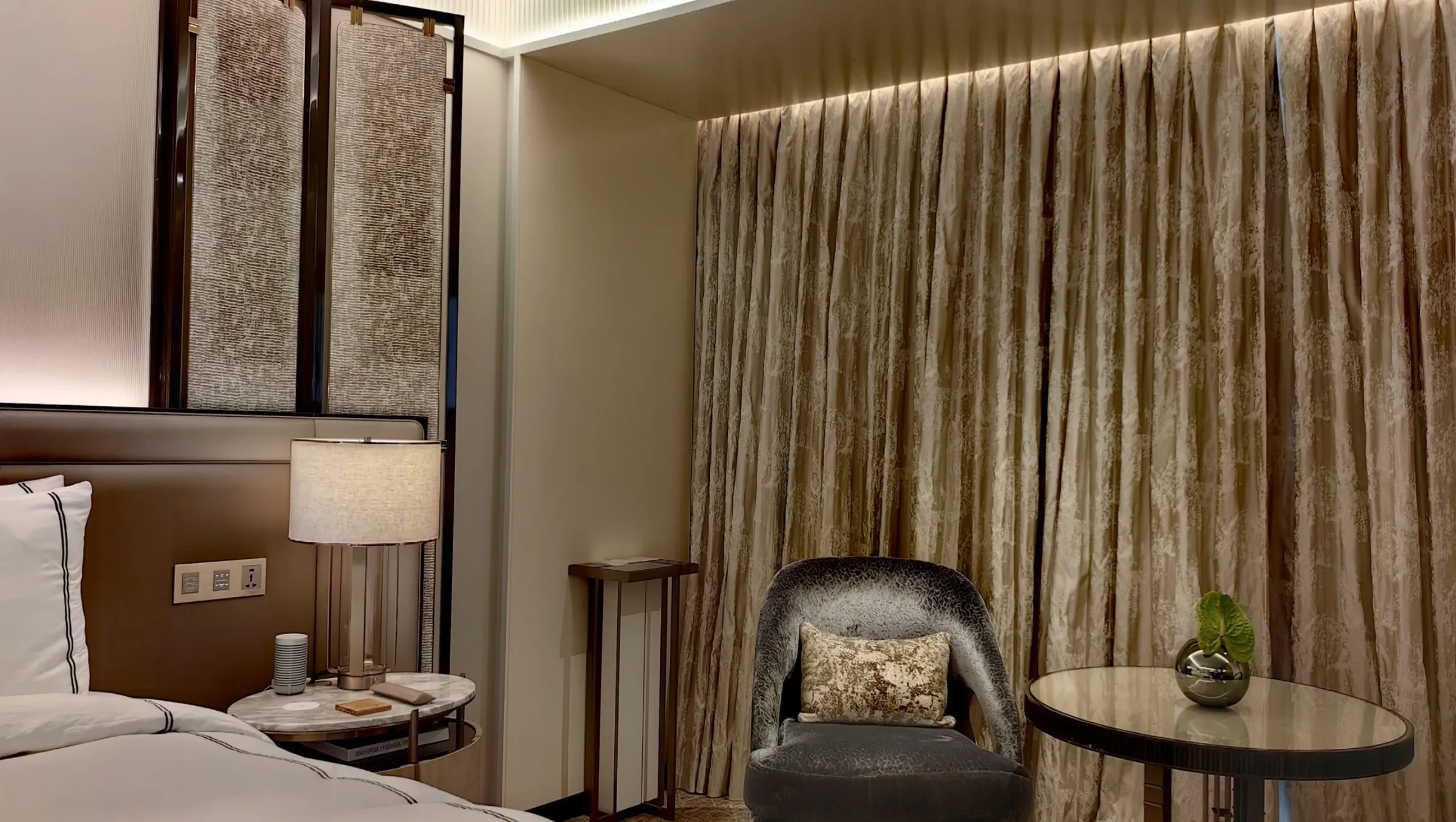
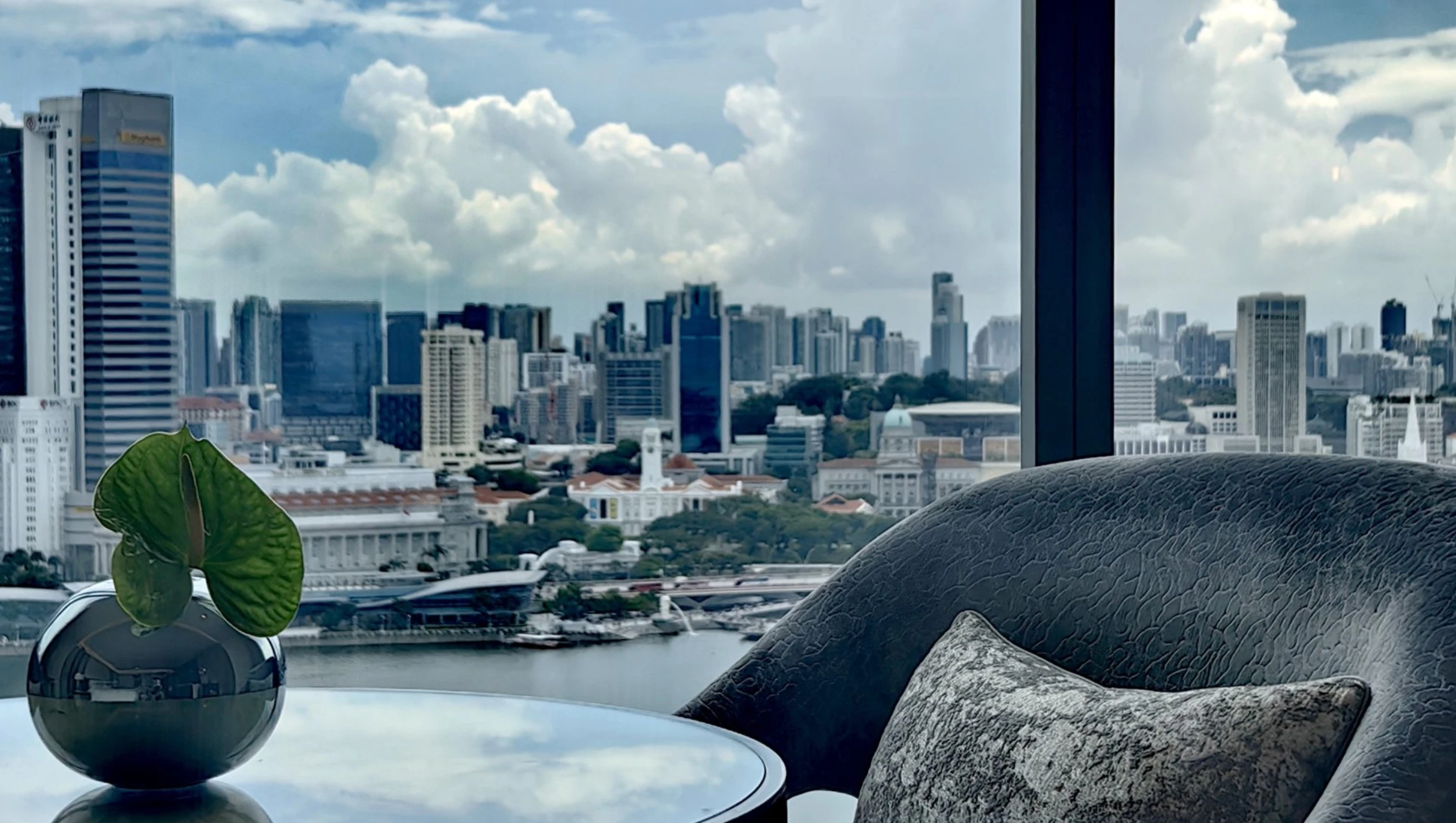
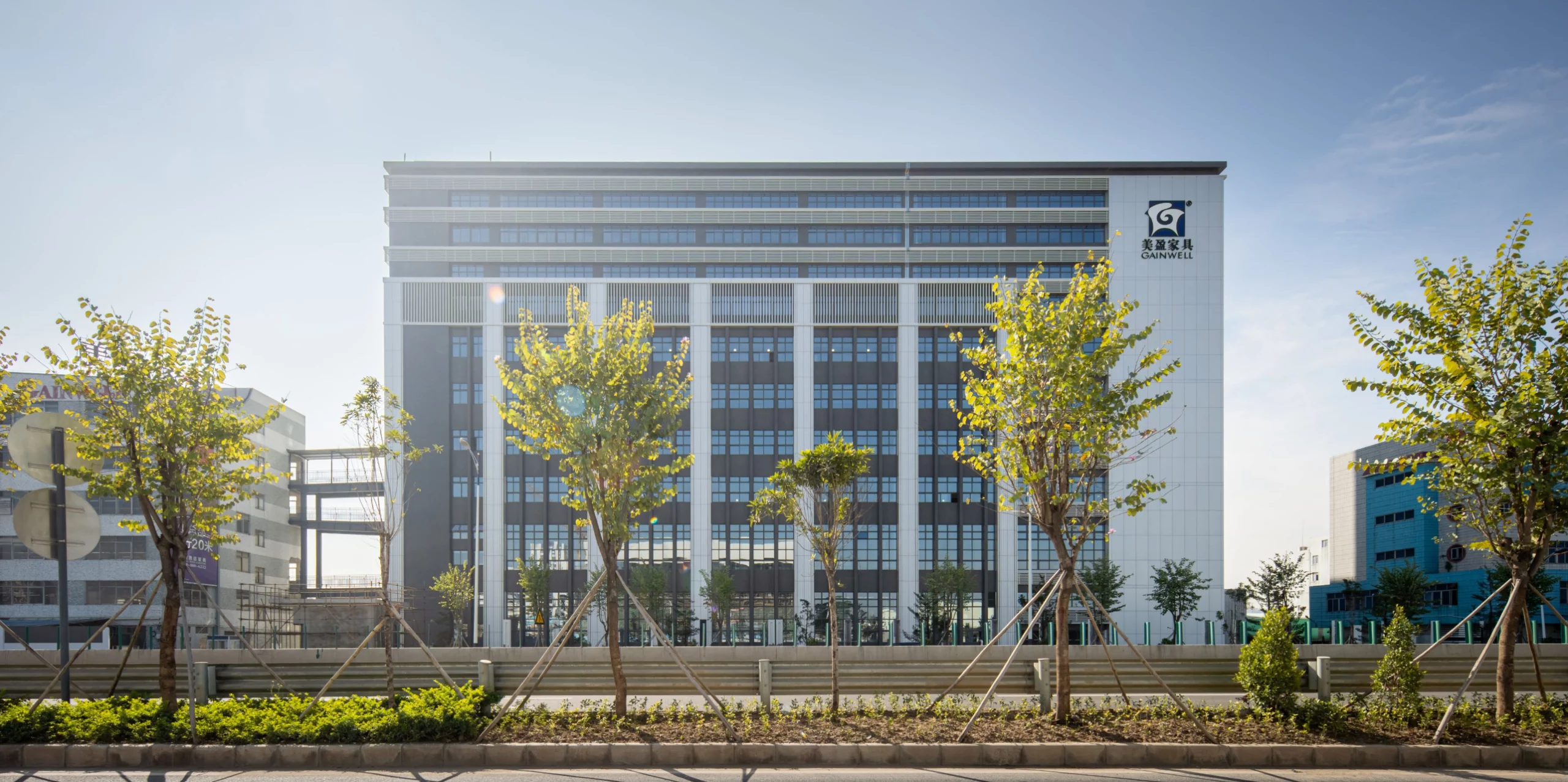
10 Essential Elements Every Accessible Hotel Room Must Have
Accessibility is not just an option in the hospitality industry anymore — it’s become a necessity. An accessible hotel room goes beyond legal compliance (the ADA, or Americans with Disabilities Act, is one of many applicable regulations); it’s about ensuring every guest can enjoy comfort, dignity and independence. With accessibility, it doesn’t matter if a person uses a wheelchair, has limited mobility, or has visual or hearing impairments; everyone can enjoy their stay.
So, what is an accessible hotel room, and what makes one truly functional and welcoming? Let’s explore the 10 essential elements that define a well-designed, accessible space.
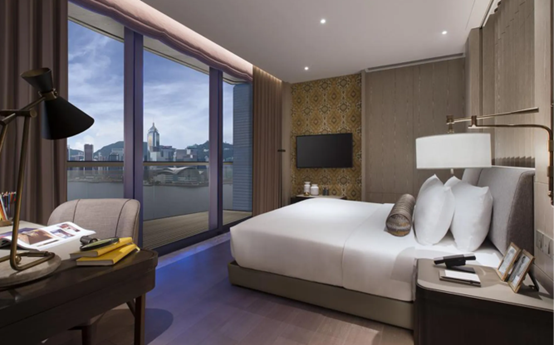
Table of Contents
Toggle1. Spacious Layout for Wheelchair Maneuverability
Accessible hotel room design starts with space. Wheelchairs or other mobility devices require enough space for guests to move around freely. This includes direct pathways and a 360-degree turning radius of at least 60 inches (152 cm) in main spaces such as the bedroom and washroom.
Furniture needs to be arranged so it doesn’t impede movement, and doorways need to be wide enough (generally at least 32 inches) to allow access. The goal? No whiplash navigation, just confident gliding around the room.
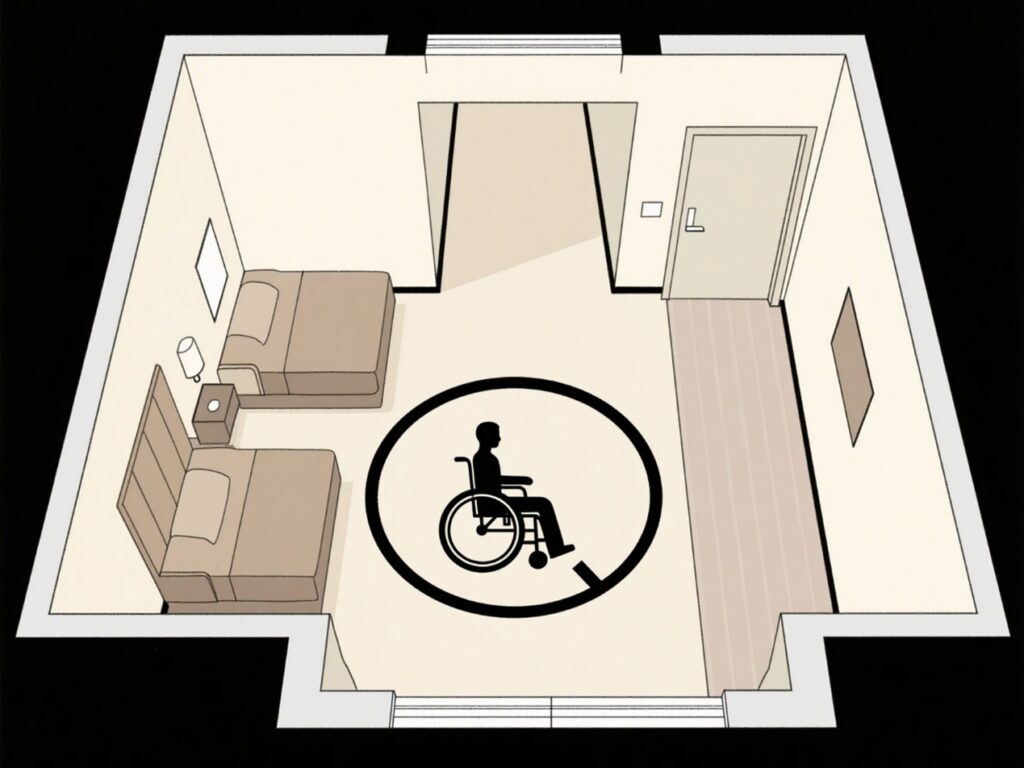
2. Accessible Bed Height

Bed height is a common but often-overlooked feature in accessible hotels. The height of beds is generally between 18 to 20 inches (46-51cm) from the floor to the top of the mattress. This height facilitates safer and easier transfers from a wheelchair.
Custom bed frames or low-profile foundations will allow customers to achieve the proper height without compromising on style or comfort.
3. Barrier-Free Bathroom with Grab Bars
Bathrooms can pose major challenges for people with disabilities. A truly accessible hotel bathroom should feature:
- Roll-in showers with fold-down benches
- Non-slip flooring
- Grab bars near the toilet and inside the shower
These features promote safety, reduce fall risk, and empower guests to maintain their privacy and independence during their stay.
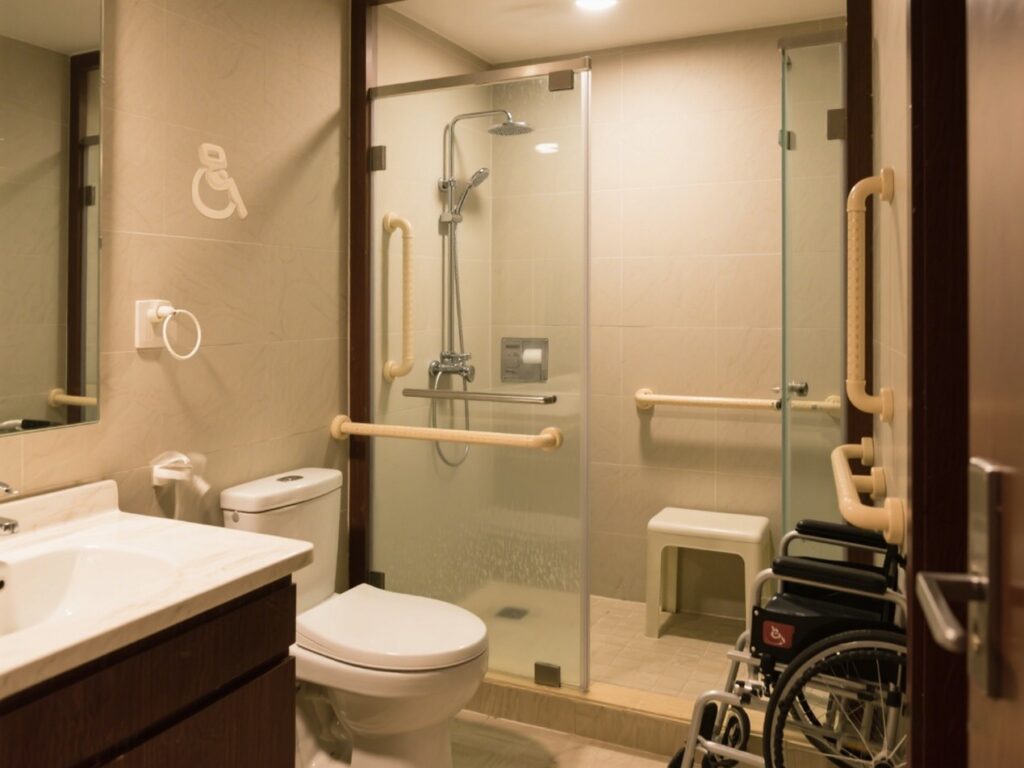
4. Reachable Storage Solutions
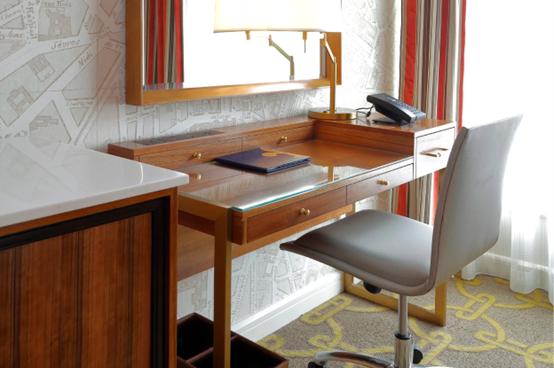
Storage shouldn’t need a step stool in a hotel room. Are within the reach ranges of 15 to 48 inches from the floor. Accessible closets, drawers, and safes Pull-down or lower-mounted closet rods mean easy access, and all handles or doors should open easily with one hand.
Making storage more accessible does not only help guests with disabilities — it also helps children, older adults and travelers with temporary injuries.
5. Rounded Furniture Edges
Rounded furniture edges are the intersection between safety and design. The risk of injury from table corners, side table corners, or even bed frame corners is particularly high for people with limited movement and eyesight.
By opting for rounded edges, you can reduce the risk of injury while creating an understated, chic touch to the room’s vibe.

6. High-Contrast Colors & Adequate Lighting
For guests that are low vision or have color vision deficiencies, visual cues need to be stark and clear. Use stark color contrasts—between floors and walls, between walls and furniture—to demarcate spaces and prevent trip and fall collisions. Steer clear of colors that will get lost in the background, like beige on light wood.
Use different colors that are globally recognizable, such as blue and yellow, and white, in conjunction with either text, icons, or tactile cues, especially if the result involves potential colorblind users of the system (do not just do red-green).
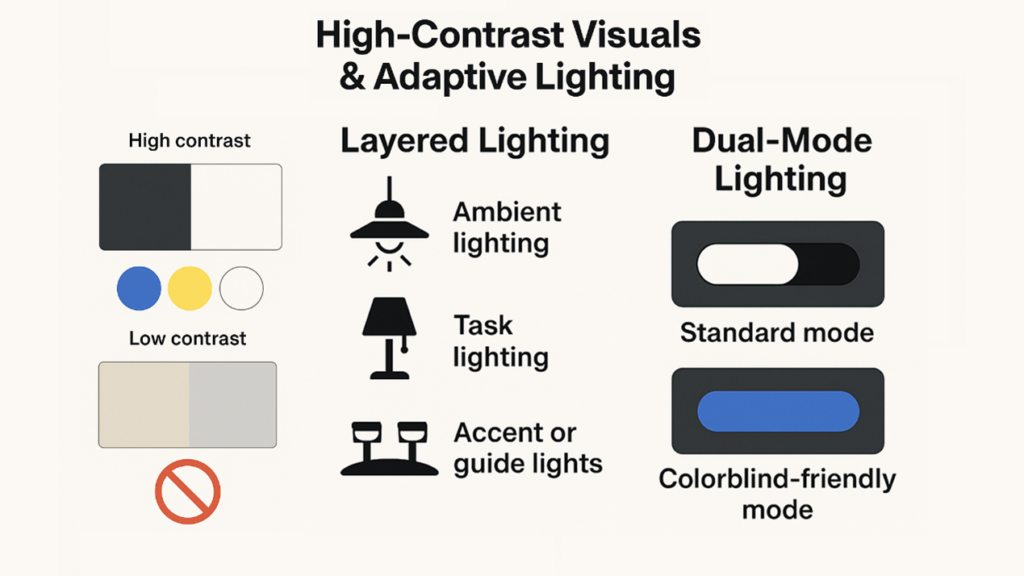
Lighting should be layered and flexible:
- Ambient lighting for general visibility
- Task lighting for key areas like bedsides and vanities
- Accent or guide lights (e.g. cool-toned path lights) for orientation
Where possible, implement a dual-mode lighting system: one standard, and one colorblind-friendly mode with enhanced contrast—easily toggled via switch or panel. This ensures both accessibility and a high-quality visual experience for all users.
7. Lever-Style Handles & Low-Mounted Controls
Fine motor challenges can make traditional knobs or high-mounted switches difficult to use. Lever-style door handles, rocker light switches, and low-mounted thermostats or controls (ideally between 15–48 inches off the floor) allow all guests to manage their environment easily.
This simple design choice significantly boosts functionality and autonomy.

8. Emergency Call Buttons & Pull Cords
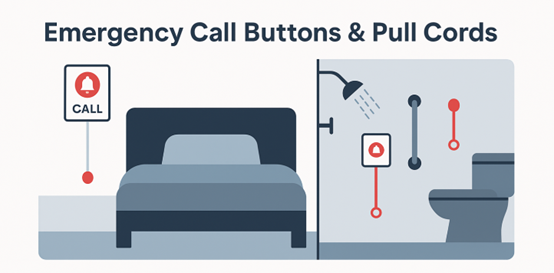
All accessible hotel rooms should have an emergency alert system that’s within reach — especially from the bed and bathroom. Pull cords or call buttons that connect to the front desk or emergency services give that sense of reassurance that help will be at hand, should you need it.
This little tap could be a life-saving difference.
9. Acoustic Privacy & Sound Insulation
What does accessible mean in a hotel context? It’s also about sensory comfort. Many accessible rooms are located near elevators for convenience, but that can come with noise.
Improved soundproofing guarantees a peaceful night’s sleep without noise from the hallways or elevator bells. Just as physical accessibility matters, so does acoustic comfort.
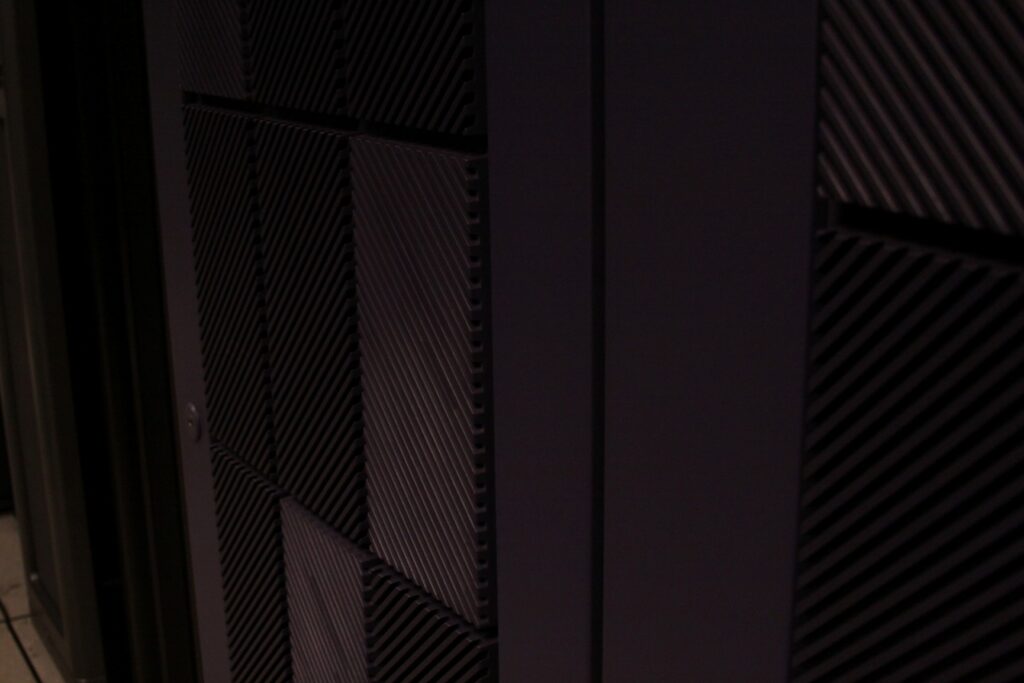
10. Multi-Functional, Adaptable Furniture
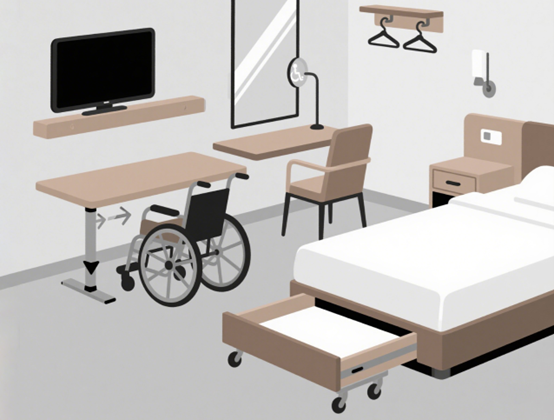
Flexibility is key. Furniture in an accessible hotel room should adapt to a variety of needs:
- Desks with adjustable heights
- Chairs with armrests for easier transfers
- Removable or repositionable features for wheelchair users
These thoughtful touches enhance usability while maintaining a cohesive and stylish design.
Conclusion
At Gainwell, we believe that accessibility should never mean compromise. That’s why we design hotel furniture that is not only functional but also elegant and built to last. An accessible hotel isn’t just about regulations—it’s about creatin g spaces where everyone feels welcome, respected, and comfortable.
By including these 10 essential features, hotels can offer rooms that go beyond basic compliance. They provide a true sense of belonging for every traveler, regardless of ability.
Whether you’re a hotel owner, designer, or guest, understanding the elements of an accessible hotel room is the first step toward more inclusive travel experiences. Because everyone deserves a great stay.


